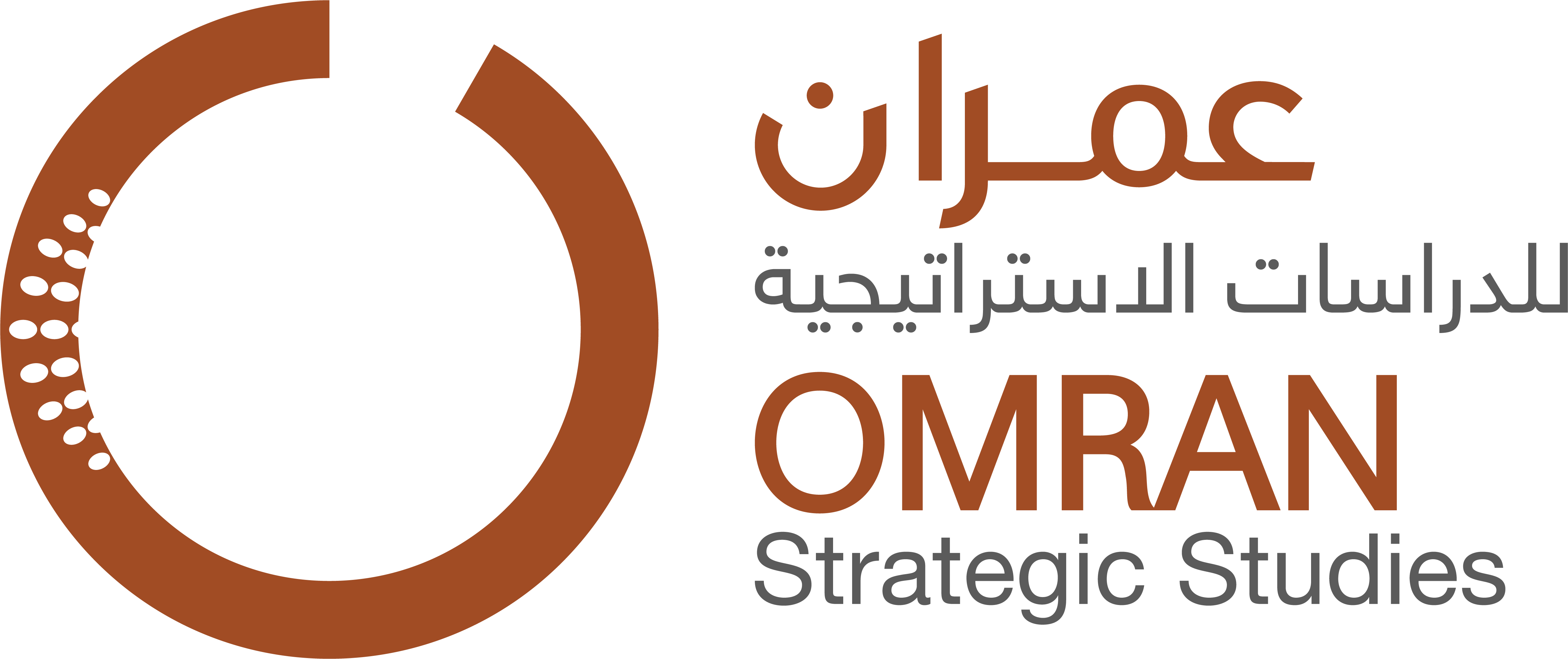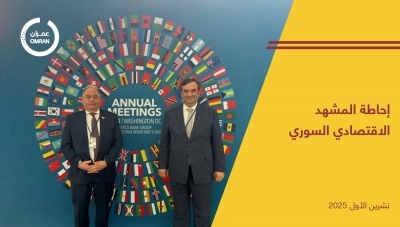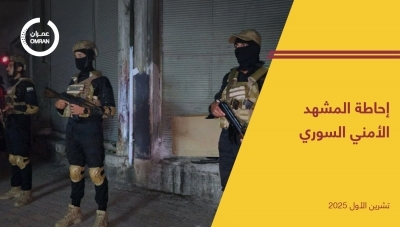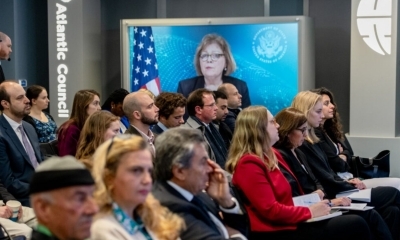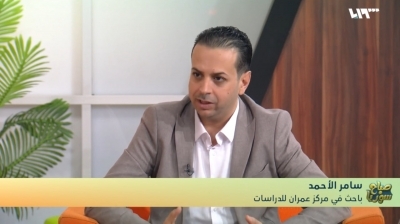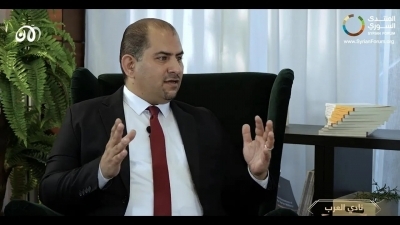تقدير الموقف
On the US-Russian Agreement on Cessation of Hostilities in Syria
Abstract: The statement on the cessation of hostilities in Syria released on February 22, 2016 following meetings between Kerry and Lavrov indicate the continuance of a joint US-Russian policy to push for a political process that excludes all “rebel” parties. This proposition reinforces new rules to push forward a political transition in Syria devoid of any political or legal guarantees that would end an era of state terrorism. The statement further entrenches the Russians in the Syrian file by graduating them from an ally of the regime to an internationally sanctioned sponsor of the political process and ultimately an overseer of the ceasefire with rights to strike “other groups” not specified in the agreement.
Overview of the Statement
• Enhancing the position of Russian leadership in setting the conditions for a final settlement in Syria: the statement issued by the ISSG Ceasefire Task Force, established by the Munich Communique in February 11, 2016, led by the US and Russia, indicates the complete delegation of executable details of the final settlement from Washington to Moscow. Kerry has been committed to the Russian vision which has been repeatedly revealed in Lavrov’s public statements since the Vienna meetings last year. In turn, Russia is given a free hand to target any opponent to its proposal under the pretext of the fight against terrorism while at the same time ensuring the safety and security of all other groups not designated as terrorist organizations. This premise is evident in the exclusion of all groups who do not express commitment to the cessation of hostilities in addition to excluding ISIS and Jabhat al-Nusra and any other group designated by the UN Security Council as terrorist groups in Syria.
• Presenting the Syrian regime military as the only legitimate force of the Syrian state: the statement reiterated the legitimacy of the Syrian regime forces and militias as “the Armed Forces of the Syrian Arab Republic”. It further grants the Syrian Armed Forces exclusive rights to fight terrorism and Syrian opposition revolutionary forces. According to the statement, the regime forces become the guarantors of establishing peace and security in Syria. Meanwhile, all other Syrian forces; including the national moderate opposition, the Syrian democratic forces and the YPG units, are not allowed to fight ISIS or other groups designated as terrorists without authorization from the Syrian regime. Furthermore, the Syrian regime, with international support, is thus allowed classify the national moderate opposition forces as opponents of the regime’s state in the case they reject the cessation of hostilities, and therefore target and attack these forces without any legal or political deterrents.
• Managing exceptions within the agreement and maintaining the fluidity of the military situation: As a whole, the exceptions in this statement and previous UN resolutions maintain the fluidity of the military situation in Syria to the advantage of the regime and its allies. The agreement also excludes from the political process in Syria all of ISIS, Jabhat al-Nusra and other groups to be identified later on by the UN Security Council. The statement considers the national forces that reject the agreement as legitimate targets for the international coalition, Russia and regime forces. In contrast, the statement does not exclude from ceasefire arrangements any of the Iran-supported foreign militia. Instead, it considers them as legitimate groups because they fight along the “Syrian Armed Forces”. The national opposition forces are thus forced to stop all of their military actions against regime forces and its allies without exception and no matter the circumstance.
• Seperating ceasefire from negotiations, thereby abolishing the Political Solution: UN Security Council Resolution No. 2254 closely links a nationwide ceasefire with taking real steps towards a transitional process. The draft statement, however, does not maintain any such links and overlooks any of the preconditions to engage in tangible political progress. The statement concludes with a demand that all parties commit to the release of detainees without deeming it a prerequisite for engaging in the political process or a ceasefire. Furthermore, urging all parties to allow easy access for humanitarian assistance is basically the same as the implementation of Security Council Resolutions No. 2139 and 2165 – something the international community has failed to hold the regime accountable for since the passing of these resolutions. Moreover, efforts to force the regime to follow the timetable set out by UN Resolution 2254 are meaningless once the national opposition forces are stripped from their ability to arm themselves and fight the regime and allied forces per the proposed cessation of hostilities agreement.
Procedural Problems within the Text of the Agreement
The statement solidifies the status-quo on the ground prior to the commencement of negotiations, and eliminates any room for objections. Thus, given the reality on the ground, the only way to interpret what the statement means by “preparing the conditions for the peace process” is the surrender of the opposition. The statement includes several problems that will result in its failure and they are as follows:
1. The US and Russia are responsible for defining the non-target areas. Such an arrangements is feasible in the south due the availability of the right conditions, however, the same arrangement is impossible in the Idlib province where the areas held by Jabhat al-Nusra and the national resistance forces are geographically intertwined.
2. There is ambiguity surrounding the final wording which describes the monitoring mechanisms. As it appears, the text maintains the legitimacy of the Russian expansion in northern Syria. It also allows the regime forces and its allies to target the national resistance forces, under the pretext of fighting terrorism, even while conducting investigations into questionable attacks.
3. Accountability mechanisms for breaching the agreement are limited to excluding those who violate the ceasefire from international protection ensured by the statement. This is not achievable except by US-Russian approval – thus granting the regime immunity to pursue its military operations under Russian sponsorship.
4. The statement institutionalizes security and intelligence cooperation and information exchange between the US and Russia but offers no guarantees against the misuse of intelligence of avoiding targeting the headquarters and facilities of national resistance forces. Moreover, it does not compel the implementing parties to disclose their internationally-agreed military objectives.
A Fragile Agreement Jeopardizing Regional Peace and Security
Similar to previous agreements, the US-Russian agreement fails to handle the underlying causes of the ongoing conflict in Syria, namely, the continuation of Bashar Alassad as the head of state and the persistence of systematic violence and terrorist acts against unarmed civilians carried out under the pretext of fighting terrorism with the blessing, support and participation of Russia. The failure of the international community to stop the bloodshed of the Syrian people and the destruction of state institutions led to the fragmentation of the Syrian society. This created a political and institutional vacuum, which was taken advantage of by extremist groups and grew within it. Another result was the development of a stifling humanitarian disaser that led to the largest refugee cisis since WWII.
Regionally, Iran exploited the crumbling regime to control state institutions end secure its presence in the Levant after tightening its grip on Baghdad and Beirut. In turn, Iran improved its political standing and managed to sign a historical nuclear deal with the US. The nuclear deal’s impact is further manifested through the deepening partnership between Tehran and Washington in managing the regional issues militarily and Iran’s increased aggressive interactions with Gulf countries, especially Saudi Arabia. The current US-Russian agreement further enhances the Iranian stance and legitimizes the operations of the Iranian Revolutionary Guard in Syria while also maintaining geographical connections with the Iranian backed militias in Iraq and Hezbollah in Lebanon. Hence, Iran has institutionalized a continuous military presence commensurate with its political influence in the region for the first time since the Islamic revolution in 1979.
As it relates to Turkey, the Syrian dilemma affected the domestic situation in two ways: First, at the humanitarian level, with the nonstop flood of refugees – posing economic and security strains on Turkish state institutions and negatively affecting relations between Ankara and the EU. Secondly, at the security level, the vacuum created by the collapse of the Syrian state resulted in the rise of both ISIS and the separatist Kurdish movements in the north, threatening the Turkish inland. Within a span of four months, Ankara suffered two terrorist explosions by both groups. Istanbul and the border city of Suruc and areas in southeast Turkey suffered similar operations resulting in the deterioration of the security situation and reviving PKK dreams to separate. The current US-Russian agreement on Syria ensures the continuity of the security threats to Turkey as it fails to resolve the crisis of refugees fleeing through Turkey to Europe. It also maintains the status quo along Turkey’s southern border allowing for extremism to continue spreading. Furthermore, the US-Russian deal creates easily accessible equipment and supply routes for the PKK fighters in the border areas with Syria, especially in southeast Turkey where the PKK is most active.
Scenarios for the National Resistance Forces
The proposed formula for the cessation of hostilities in Syria maintains the fluidity of the crisis, both politically and militarily, as established by the Geneva Communiqué. Such uncertainty was exploited by Russia, Iran and the Syrian regime to reset the rules of the game toward their joint interests, end the Syrian national resistance and exploit regional security to enhance their goals. As the international community fails to face the Russian and Iranian aggressive agendas, it is imperative that the political and military opposition to work toward ending the liquidity of the situation in Syria.
The Higher Negotiations Council (HNC) was successful in pursuing a policy of conditional acceptance for the demands laid out by the ISSG in order to look for new ways out of the dilemma imposed on the opposition due to the US’ significant pressure in causing the decrease of financial and logistical support. The HNC also succeeded in maintaining its unity despite many internal elements leaning towards reconciling with the regime. Also, the HNC was able to continue to politically perform and maneuver despite Russia playing one of its last cards in an attempt to eliminate any remaining chance for the Syrian people to achieve a just and sustainable political solution.
Therefore, in order to for the national political opposition to recapture its independent decision making it should:
1. Fully reject the statement and threaten to withdraw from negotiations since all ceasefire conditions in the proposed text entail excluding groups and organizations in geographical locations intertwined with opposition strongholds. The Russians and Americans must offer guarantees to not use such exclusions as pretexts to target the opposition.
2. Insist that the ceasefire takes into consideration all of the opposition’s concerns and make a condition, guaranteed by the ISSG, that a transition without Assad will start immediately. This should be clearly stated in the expected Security Council resolution for this agreement.
3. Work towards more decisive support by the allies of the opposition, both politically and militarily, and the designation of foreign militias supporting the regime as terrorist organizations. In addition to the establishment of a joint crisis chamber that includes the HNC and the national resistance forces.
